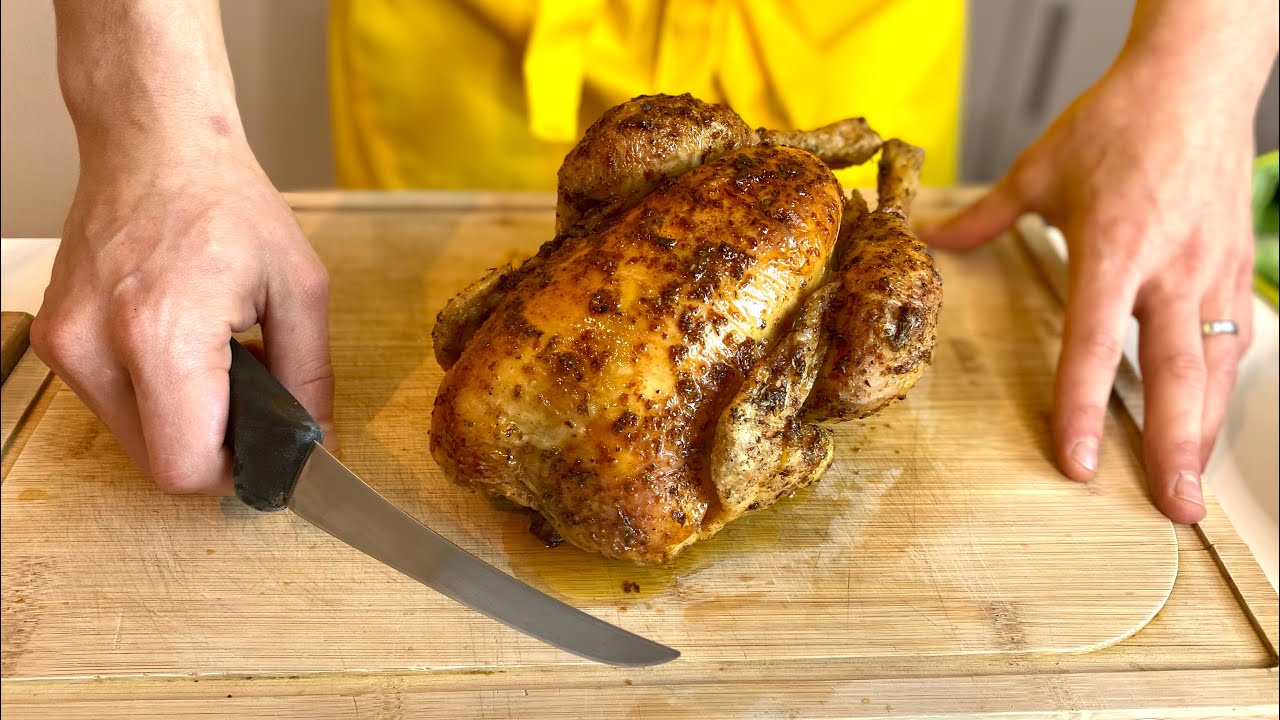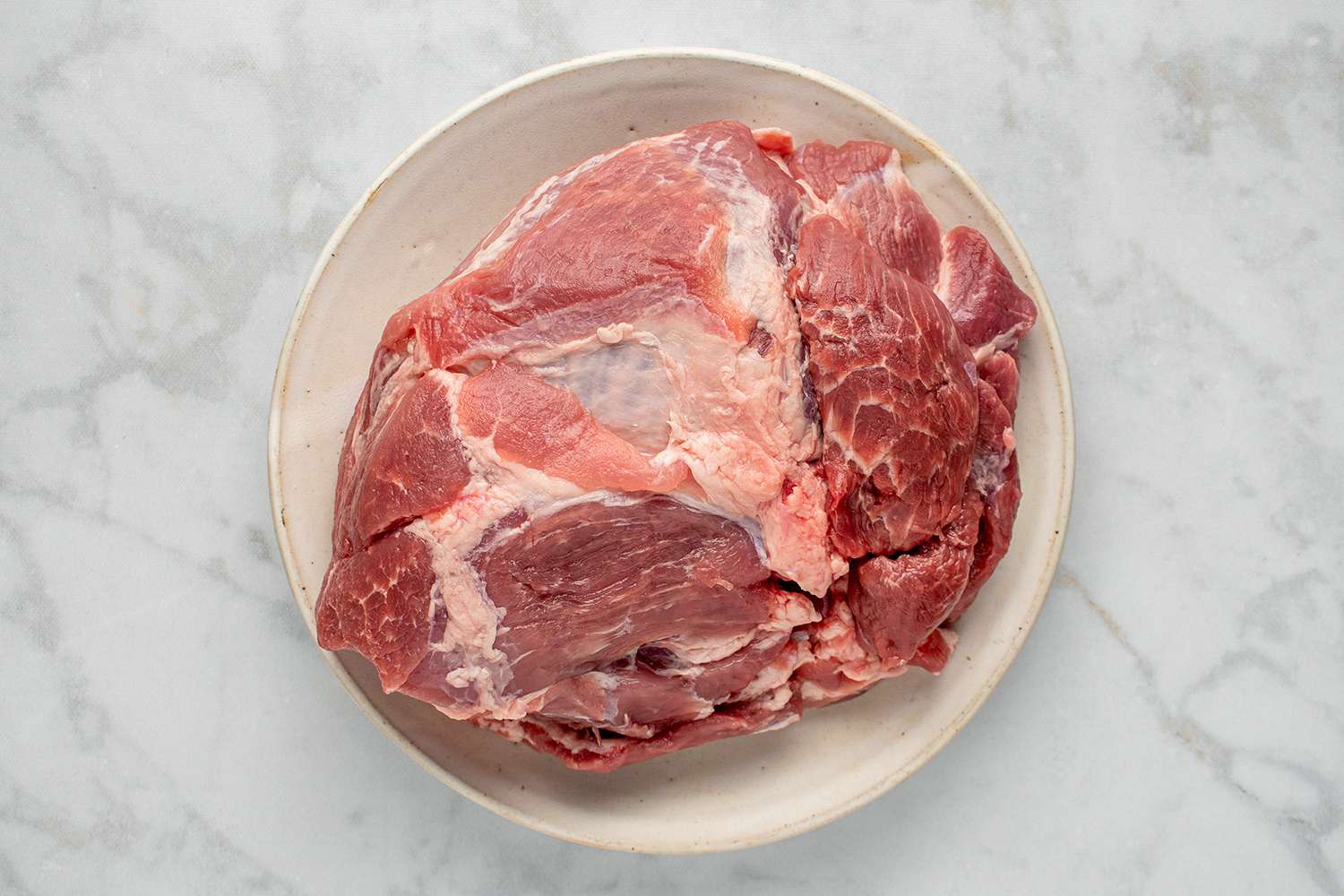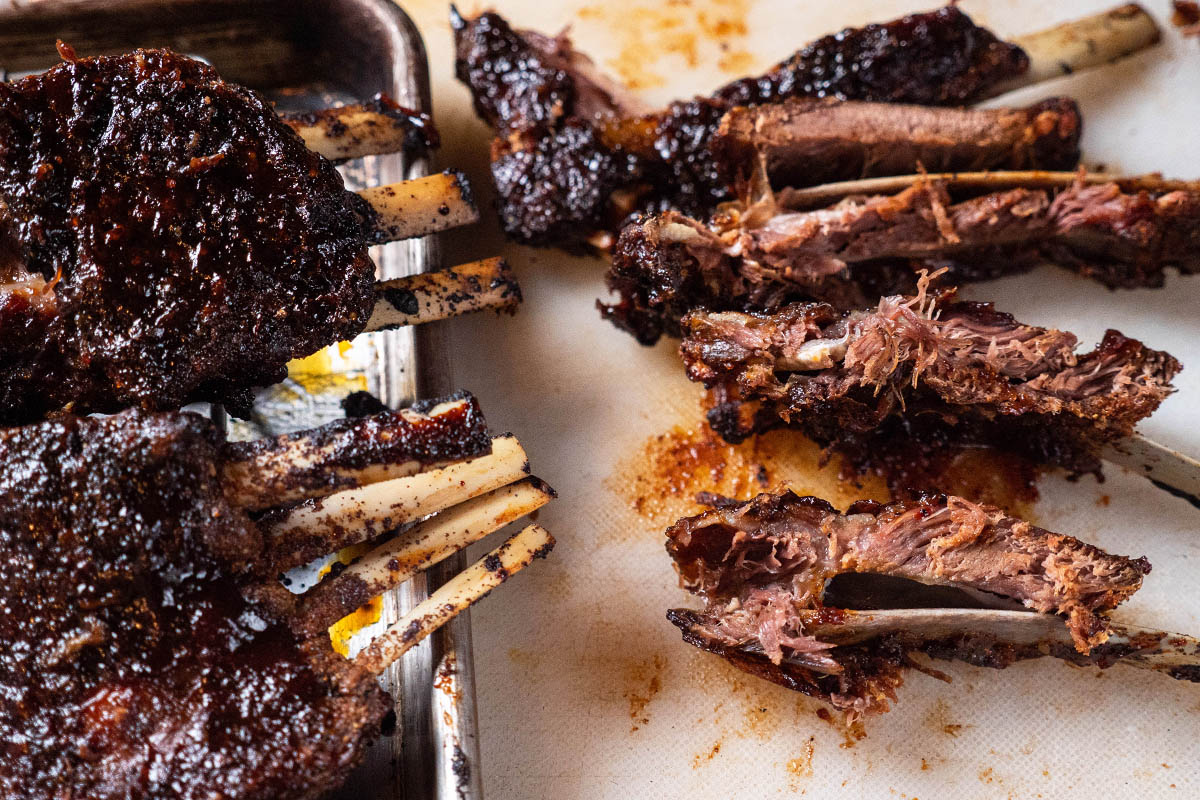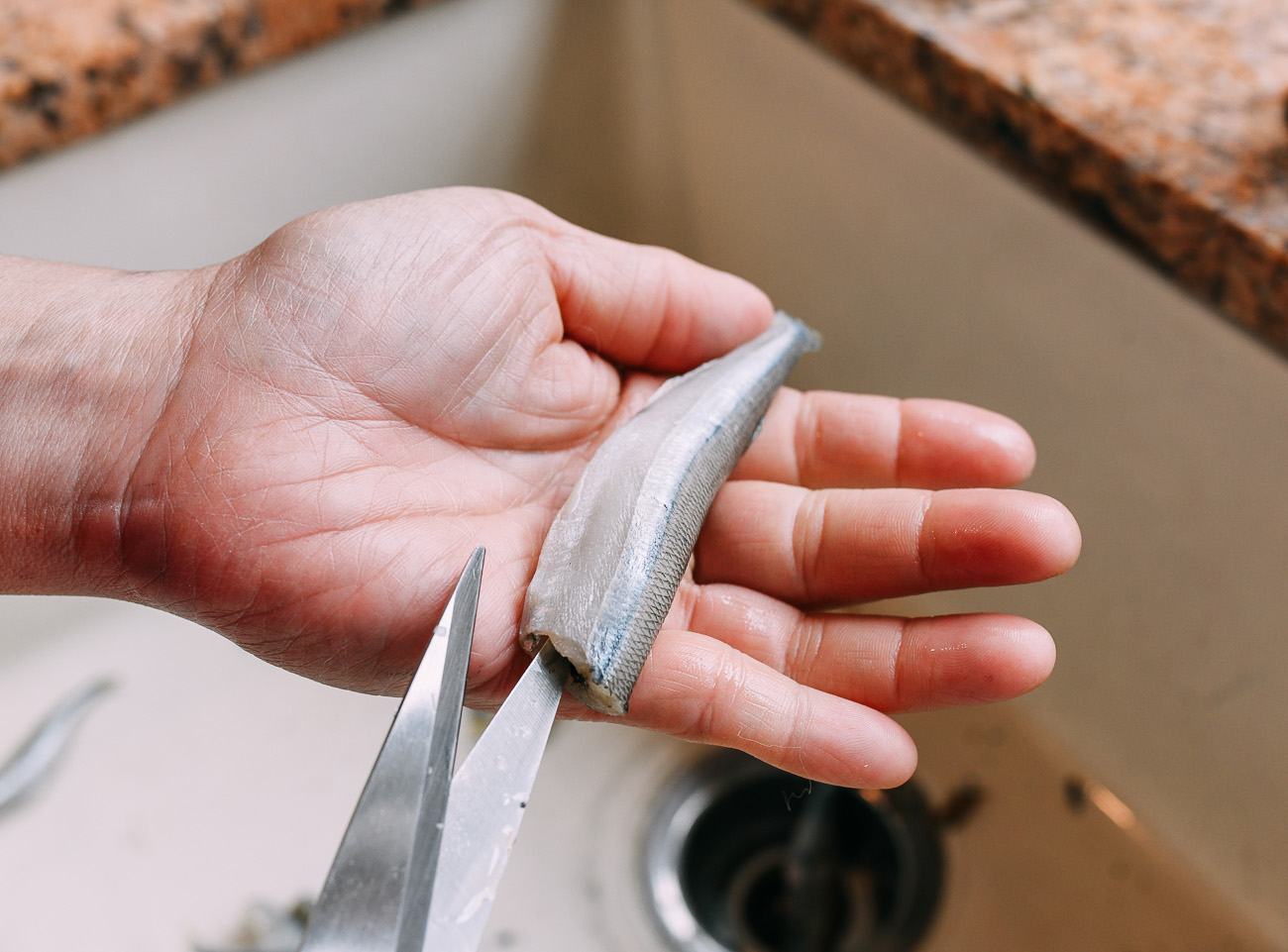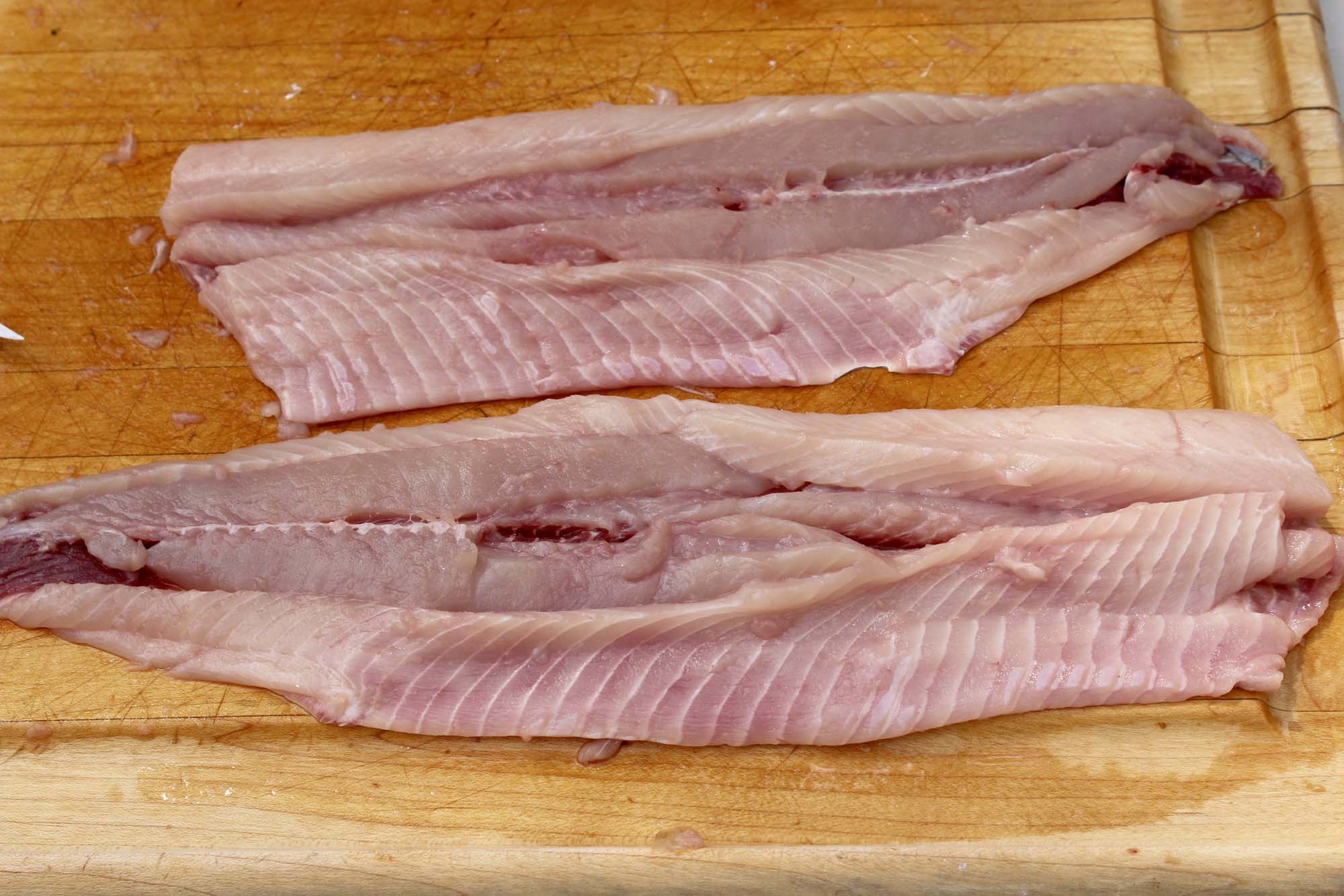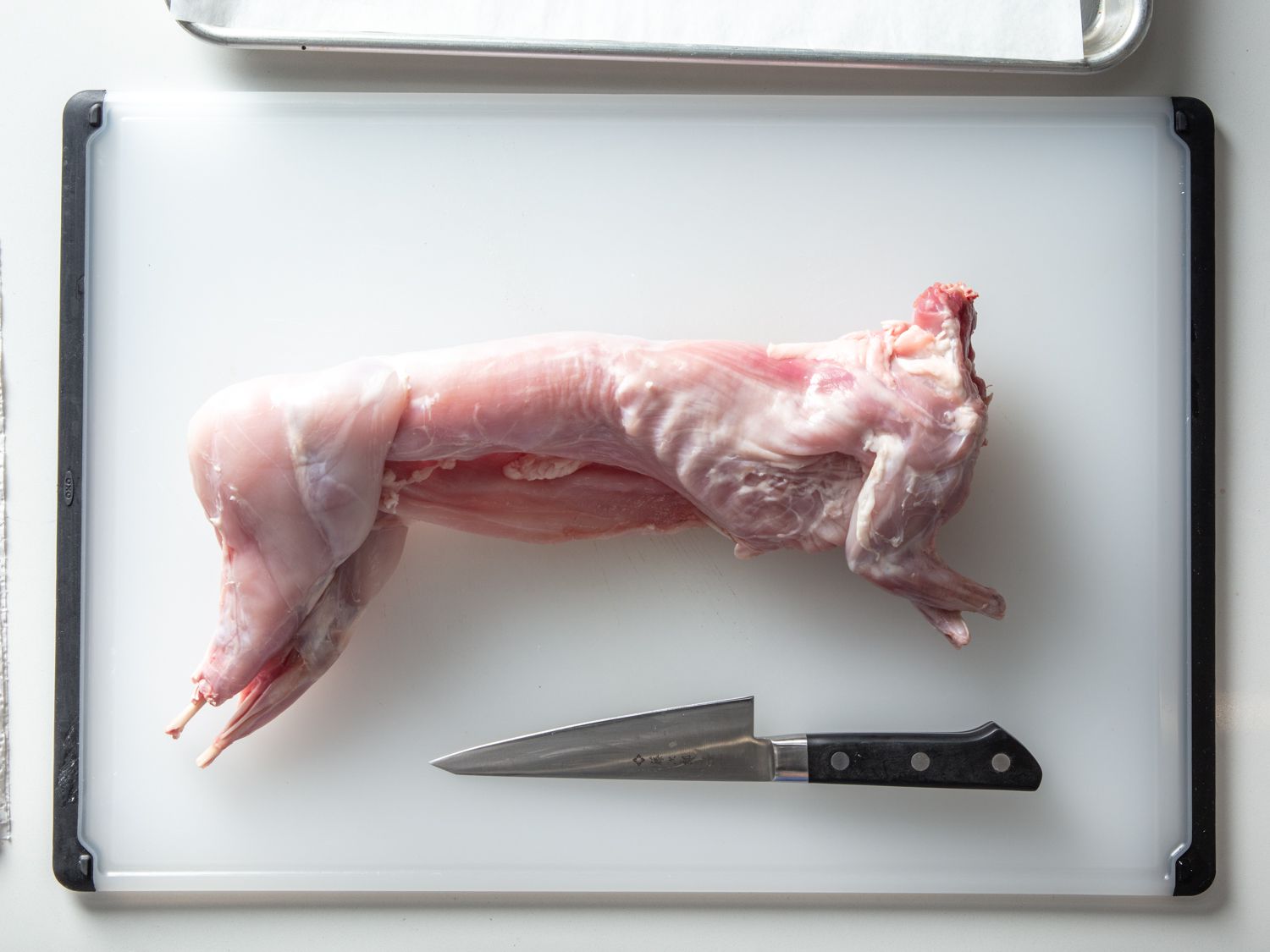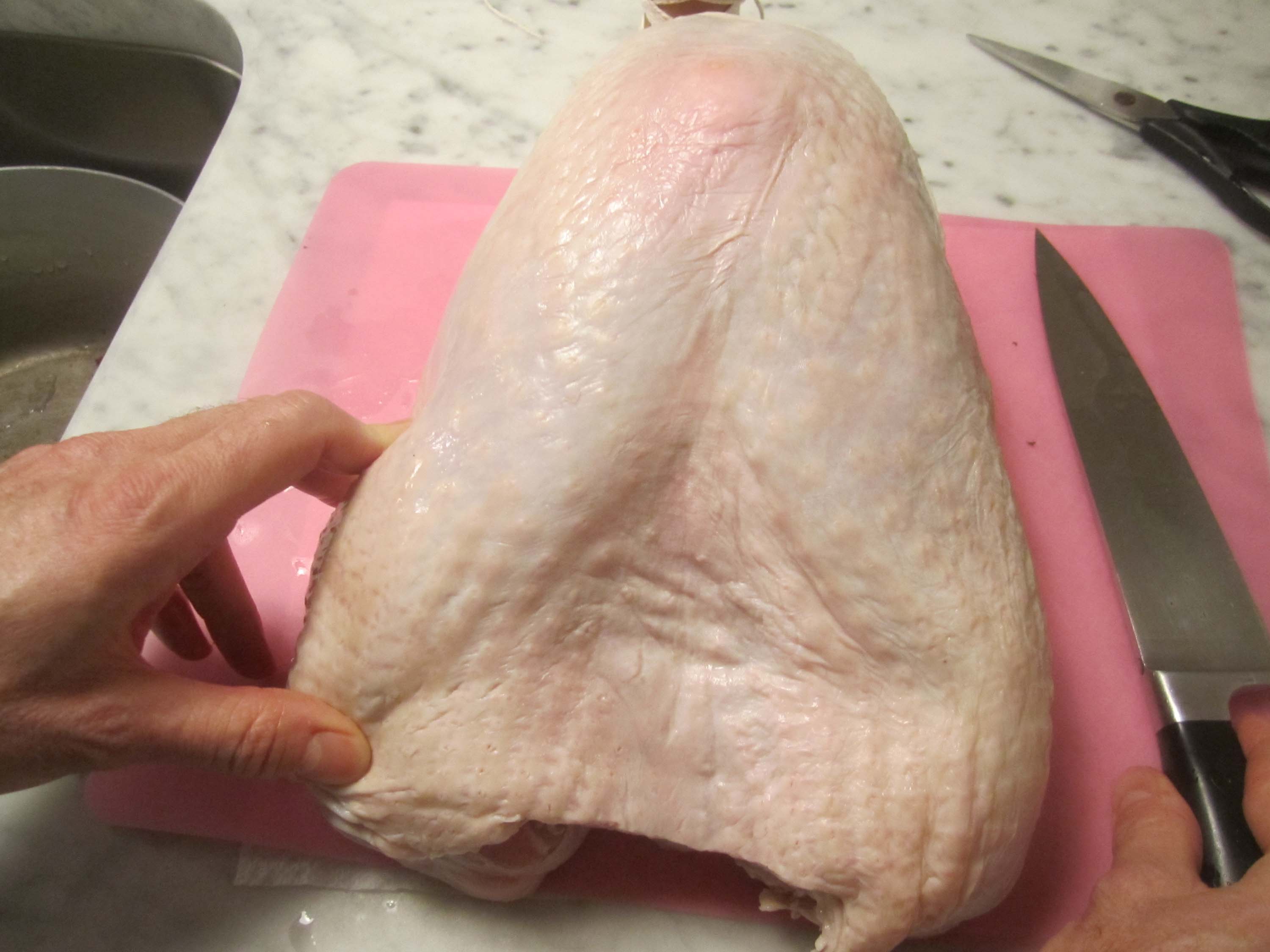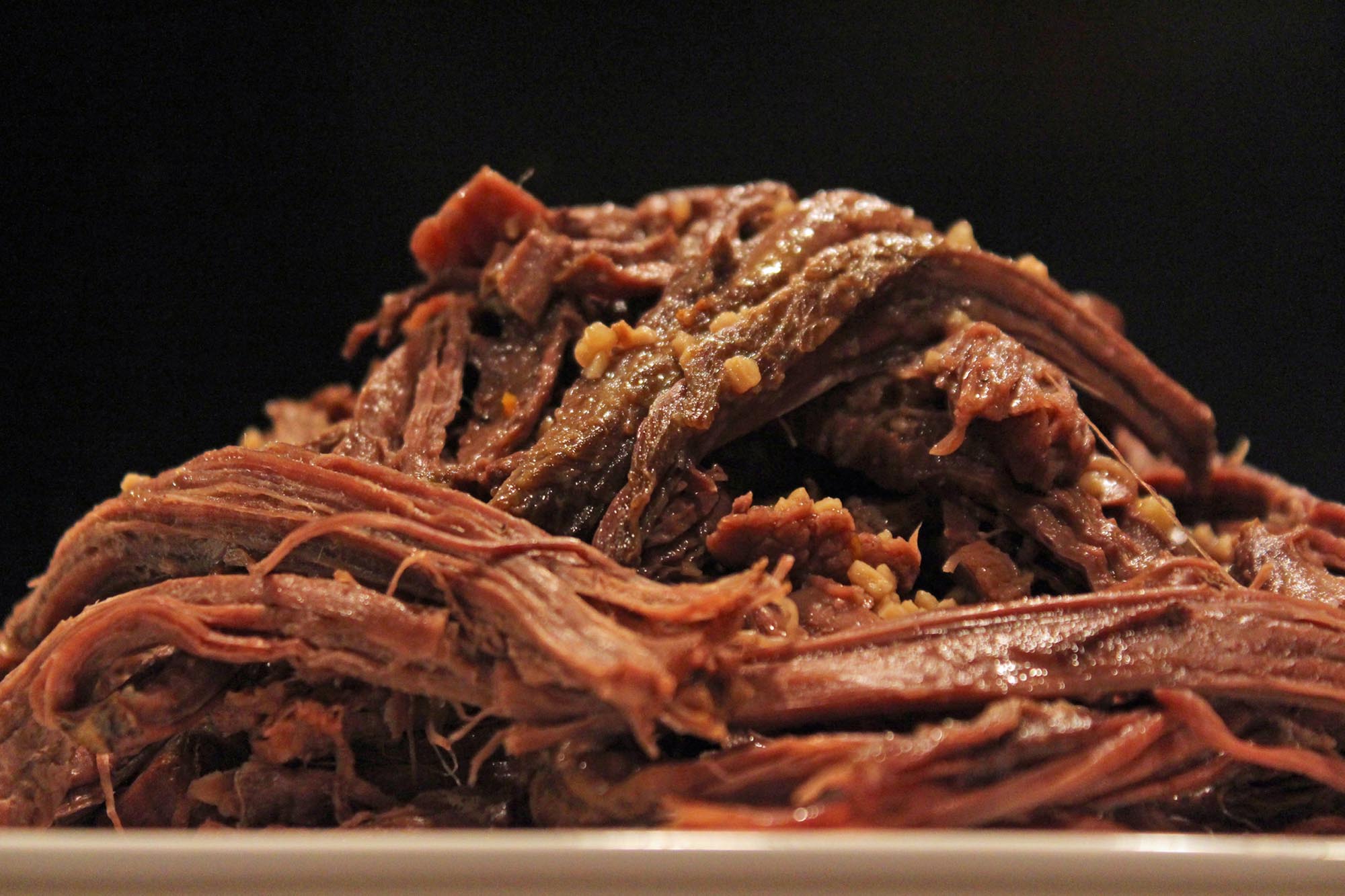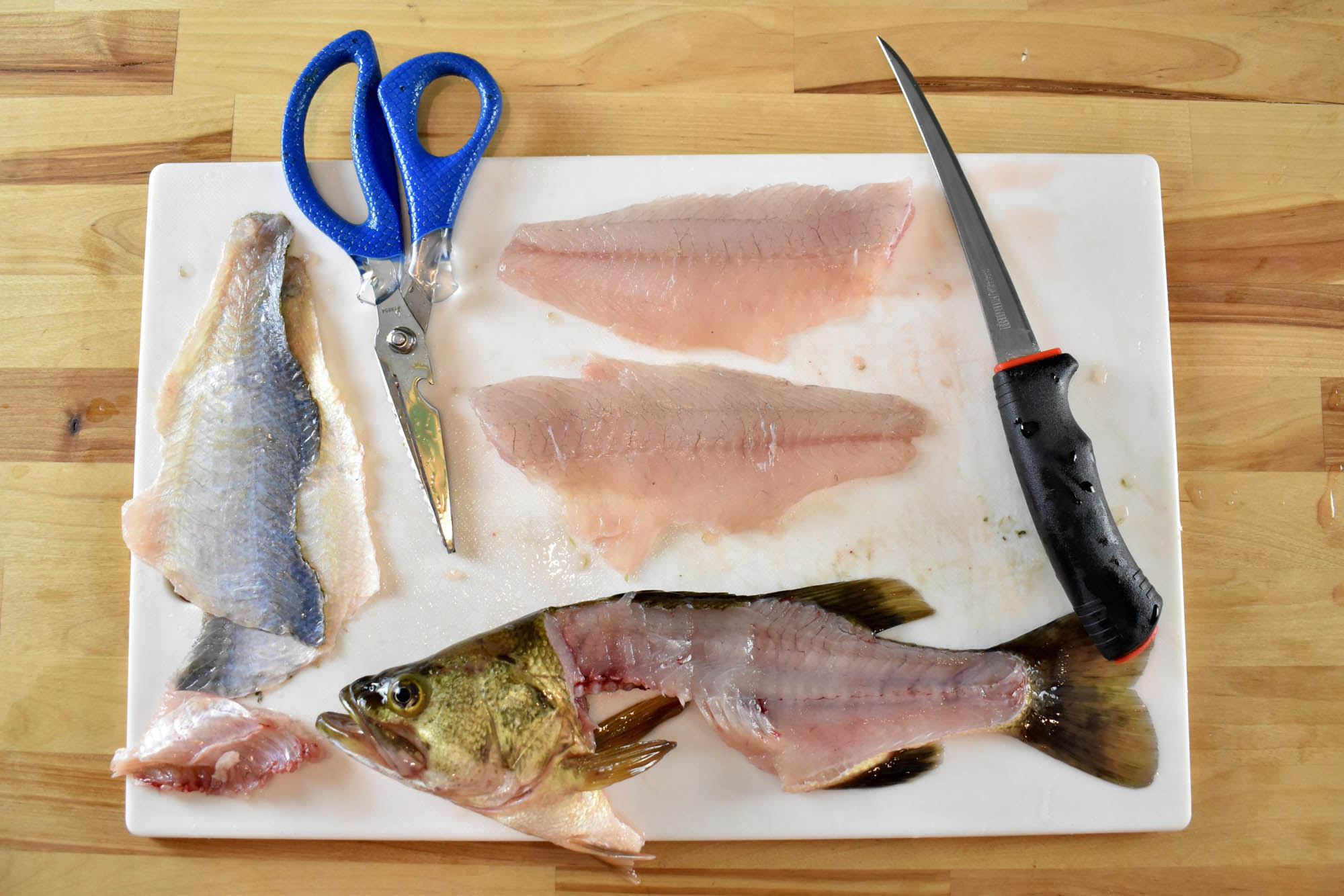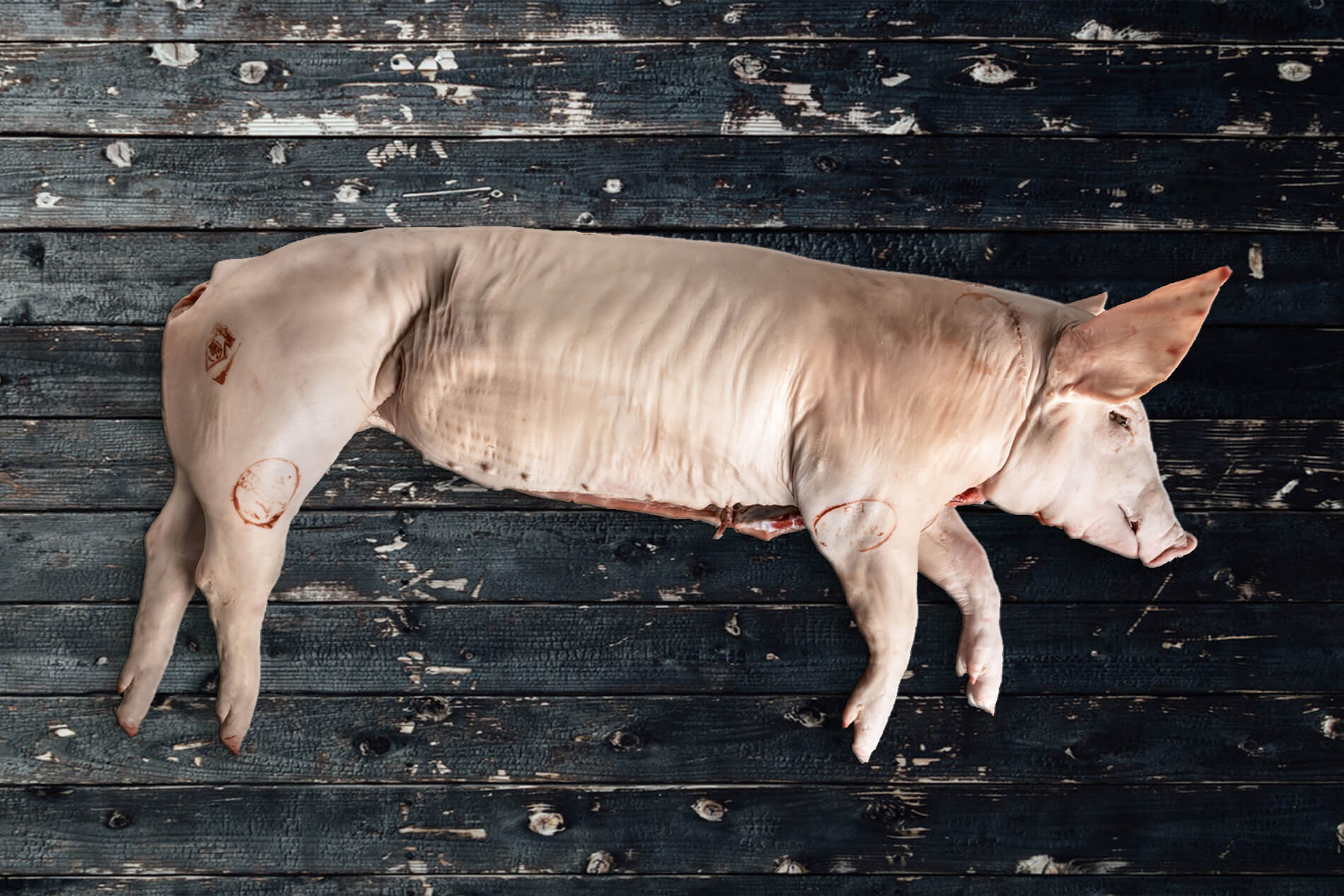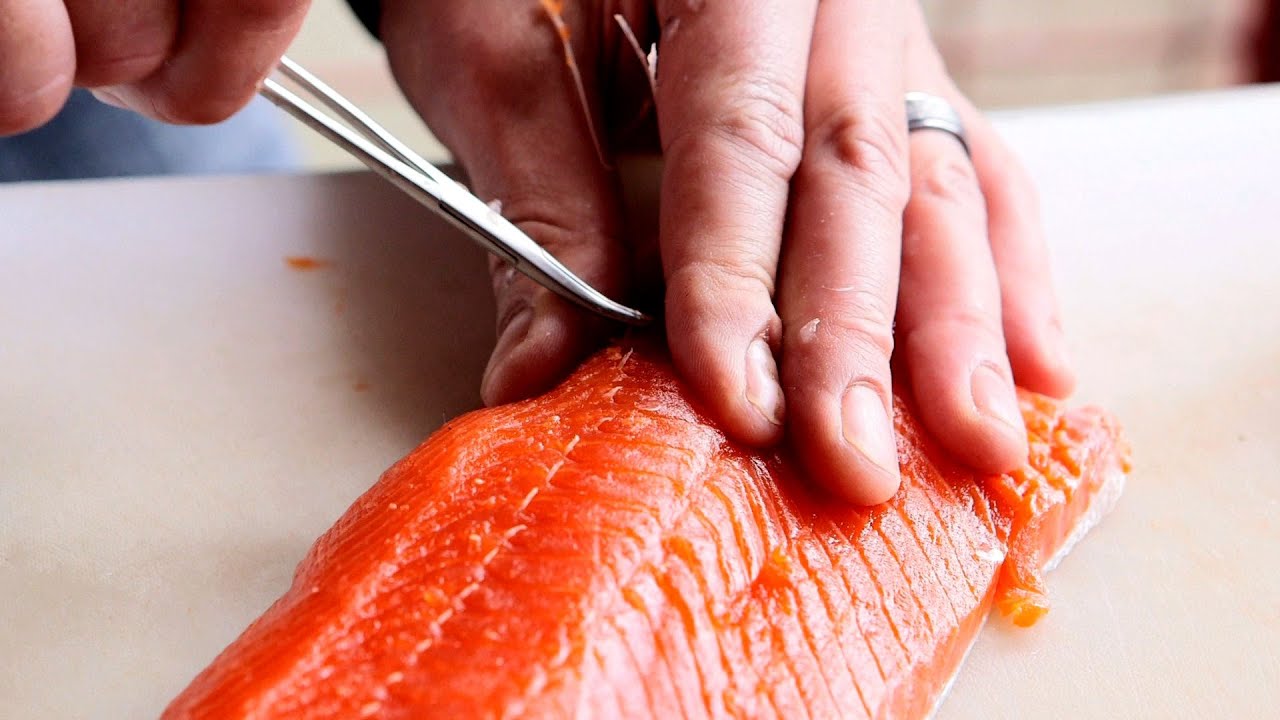How to Debone and Clean a Porgy Fish
Deboning and cleaning a porgy fish, also known as a scup, can seem like a daunting task, but with the right technique, it can be a simple and rewarding process. Whether you’ve caught your own porgy or bought one at the market, learning how to debone and clean it properly will allow you to enjoy this delicious fish without any hassle. Follow these step-by-step instructions to master the art of deboning and cleaning a porgy fish.
Step 1: Gather Your Tools
Before you begin, make sure you have the necessary tools on hand:
- Sharp fillet knife
- Cutting board
- Paper towels
- Bowl for discarding scraps
Step 2: Prepare the Porgy Fish
Start by rinsing the porgy fish under cold water to remove any excess scales and debris. Pat it dry with paper towels to make it easier to handle.
Step 3: Debone the Porgy Fish
Using a sharp fillet knife, make a shallow incision along the top of the porgy fish, just behind the gills. Carefully run the knife along the spine, cutting through the flesh down to the ribcage. Use smooth, steady strokes to avoid damaging the meat.
Once you’ve reached the tail, carefully lift the fillet and flip it over to expose the bones. Run the knife along the ribcage to separate the fillet from the bones. Repeat the process on the other side of the fish to remove the second fillet.
Step 4: Remove the Ribcage
With the fillets removed, use the knife to carefully cut along the ribcage to remove it from the fillets. Be sure to discard the ribcage and any remaining bones in a bowl to keep your workspace clean.
Step 5: Clean the Fillets
Rinse the fillets under cold water to remove any remaining scales or debris. Pat them dry with paper towels and inspect for any small bones that may have been missed during the deboning process. Use tweezers or pliers to remove any remaining bones before cooking the fillets.
Step 6: Store or Cook the Fillets
Once the fillets are clean and bone-free, you can store them in the refrigerator for later use or proceed with your favorite porgy fish recipe. Whether you grill, bake, or pan-sear the fillets, you’ll now be able to enjoy the delicious flavor of porgy fish without the hassle of dealing with bones.
With these simple steps, you can confidently debone and clean a porgy fish, making it easier to enjoy this delectable seafood. Practice makes perfect, so don’t be discouraged if it takes a few tries to master the technique. Soon enough, you’ll be deboning and cleaning porgy fish with ease, impressing your friends and family with your culinary skills.
Was this page helpful?
Read Next: How To Debone Eel
